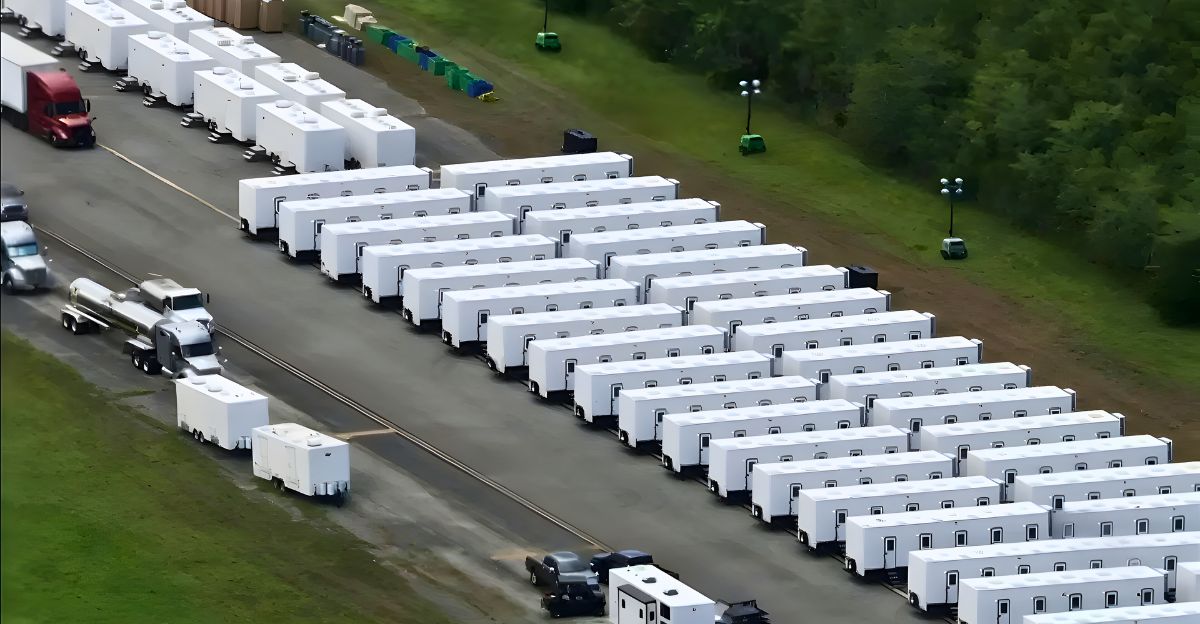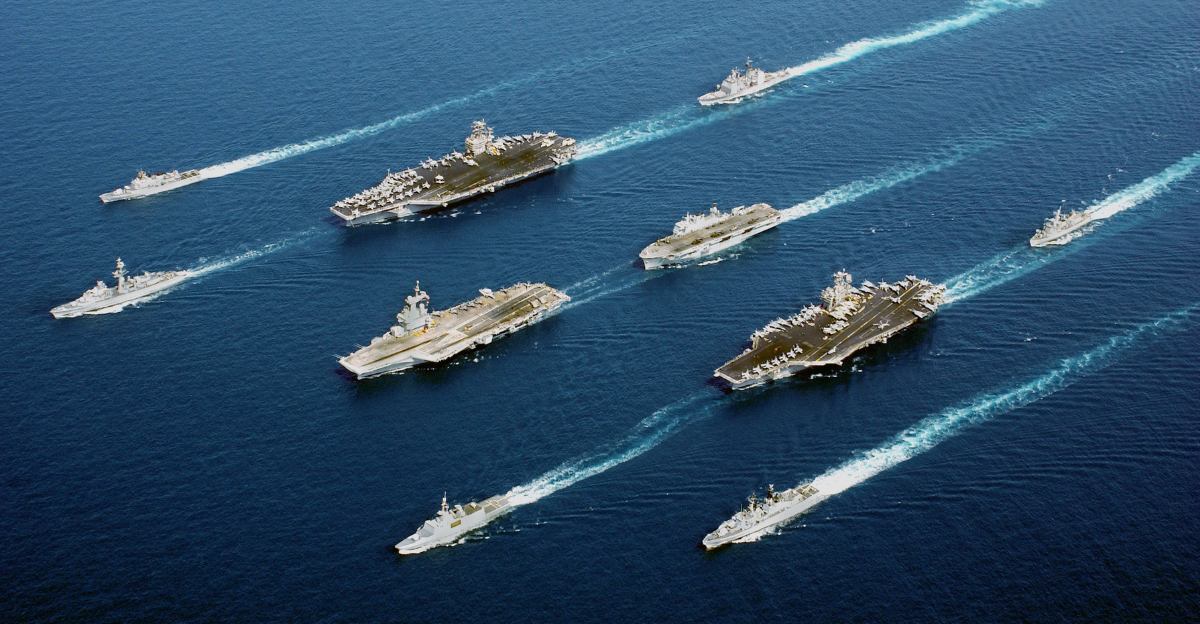
In a display of strength, Chinese aircraft carriers have boldly moved into open Pacific waters. Usually, Chinese naval fleets don’t conduct any exercises beyond the “second island chain,” but Liaoning and Shandong are the first of China’s carriers to break this tradition.
The “second island chain” has long been a defensive line used by the United States and its allies to contain China. The move highlights Beijing’s willingness to operate further from home and could challenge US naval dominance.
Aircraft Carriers

Of all of the ship’s in a navy’s fleet, aircraft carriers are some of the greatest flexes of power, being floating airbases that can launch attacks both directly from the ship and via aircraft sent out from the deck.
Aircraft carriers typically house dozens of air superiority measures, such as fighter jets, helicopters, and support planes. These mobile bases allow for far-reaching dominance in open waters.
The First Island Chain
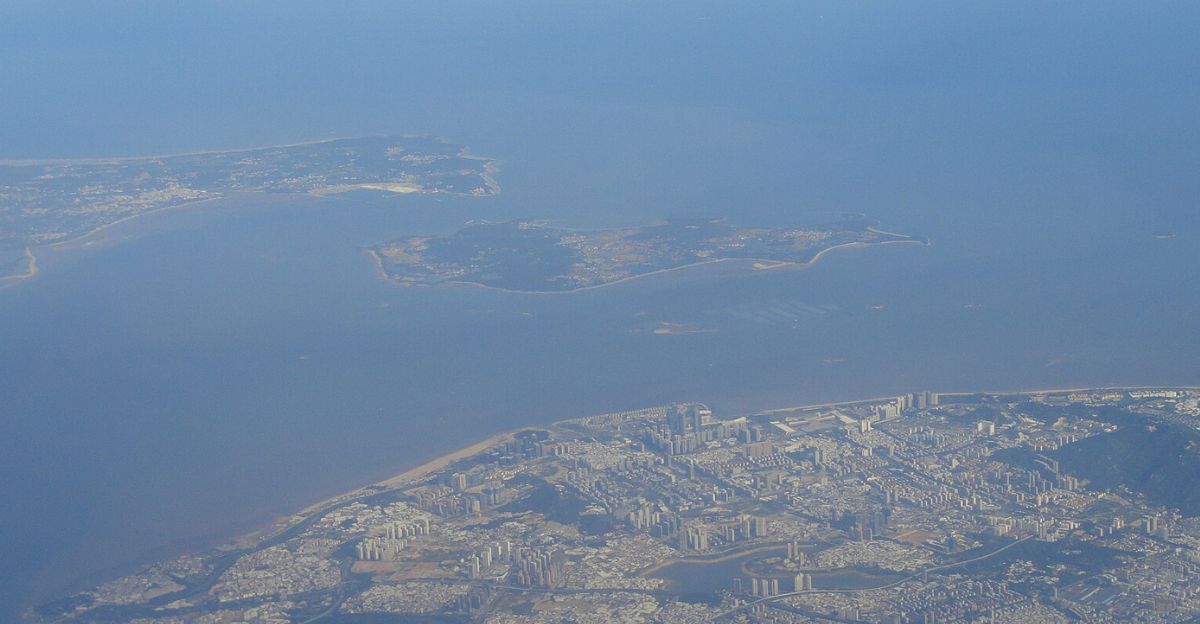
Stretching from Japan to Taiwan to Borneo is the “first island chain,” which has been a front line for the US to contain China’s navy. China is breaking tradition and moving out its fleet east of this point, sending out chilling implications.
Territories in these waters include the Taiwan Strait and the South China Sea, where Beijing’s military endeavors clash with Taiwan, the Philippines, and Japan.
The Fujian
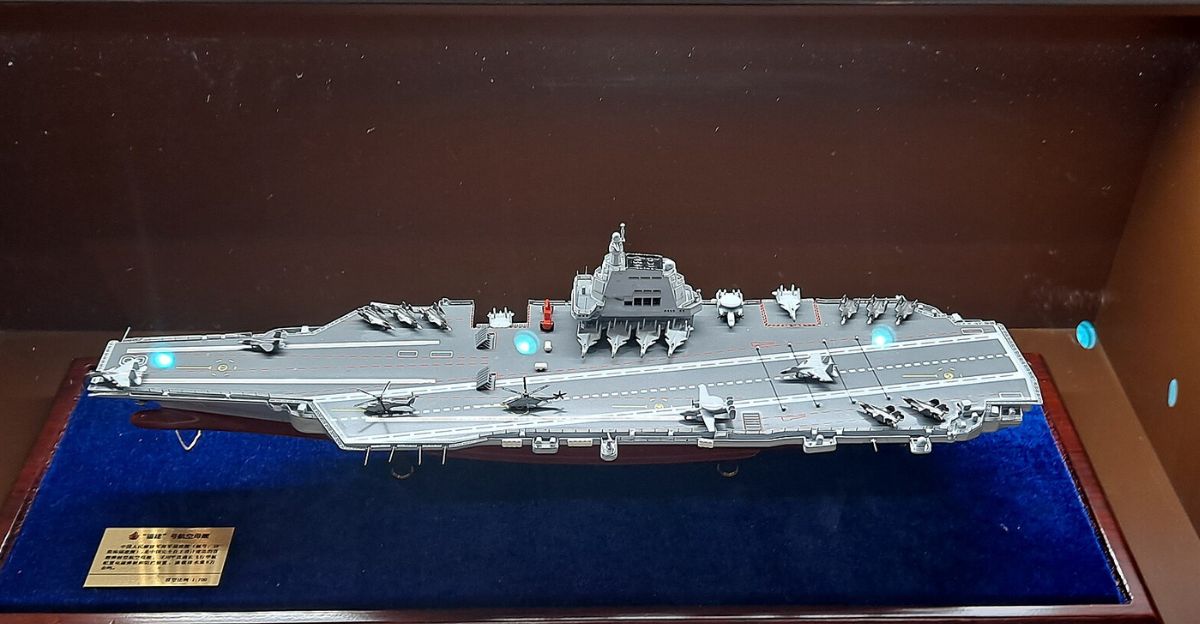
Of all China’s aircraft carriers, the Fujian is the most formidable. It’s their newest and shinest carrier, having technological strengths far beyond older models. It rivals America’s cutting edge carriers, having the ability to launch much heavier and more refined jets than ever before.
The Fujian is the largest aircraft carrier ever built, but it isn’t part of the U.S. fleet and is expected to join the Liaoning and Shandong in active service.
Strike Groups
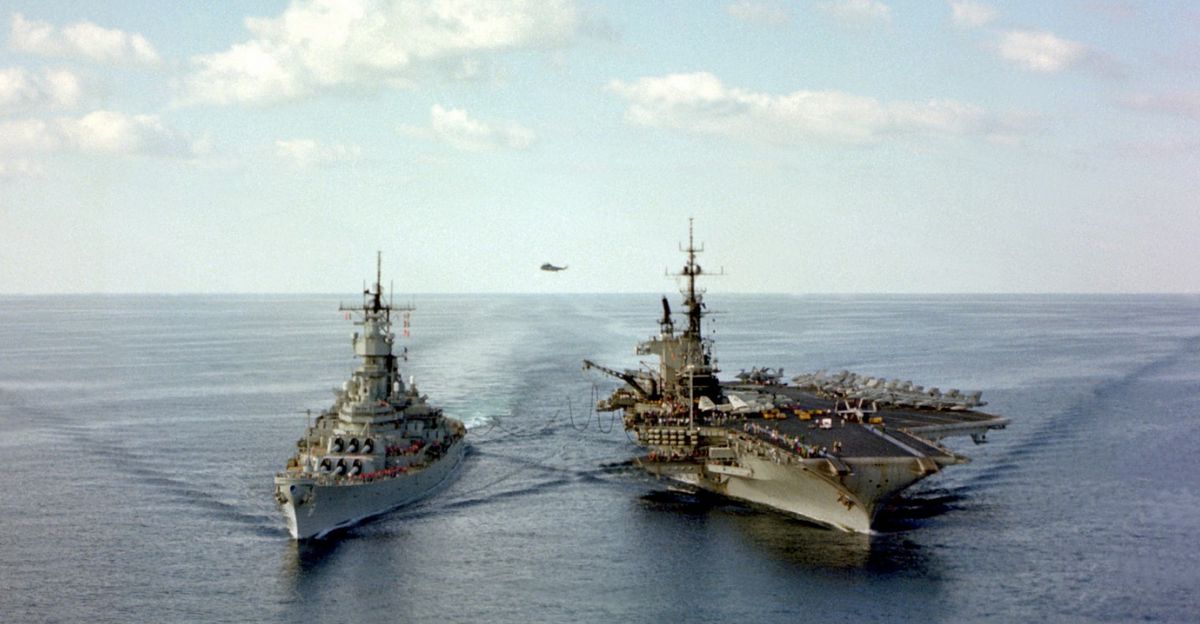
Despite aircraft carriers carrying plenty of firepower and acting as military bases, they often sail in “strike groups,” which include many supporting ships from a navy, including frigates, submarines, supply ships, and destroyers.
When in a formation like this, a navy fleet can act as a defensive line, protecting against many different measures, such as surface and underwater attacks.
Beijing’s Advancements
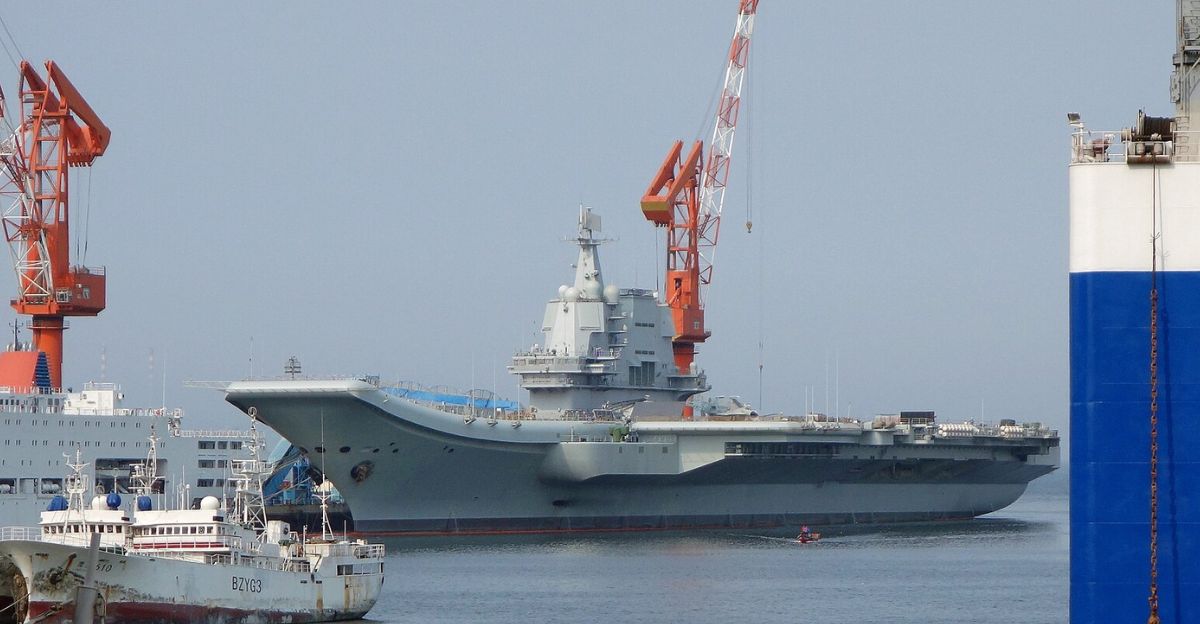
China is allegedly testing its coordination in these military exercises, but analysts call it “salami slicing.” This is China’s way of slowly increasing its presence through “training exercises.”
While in isolation, these incremental steps may not appear like much, together, they could subtly test how far they can go without raising the alarm and normalizing their presence in the open Pacific.
A Game Of Chess
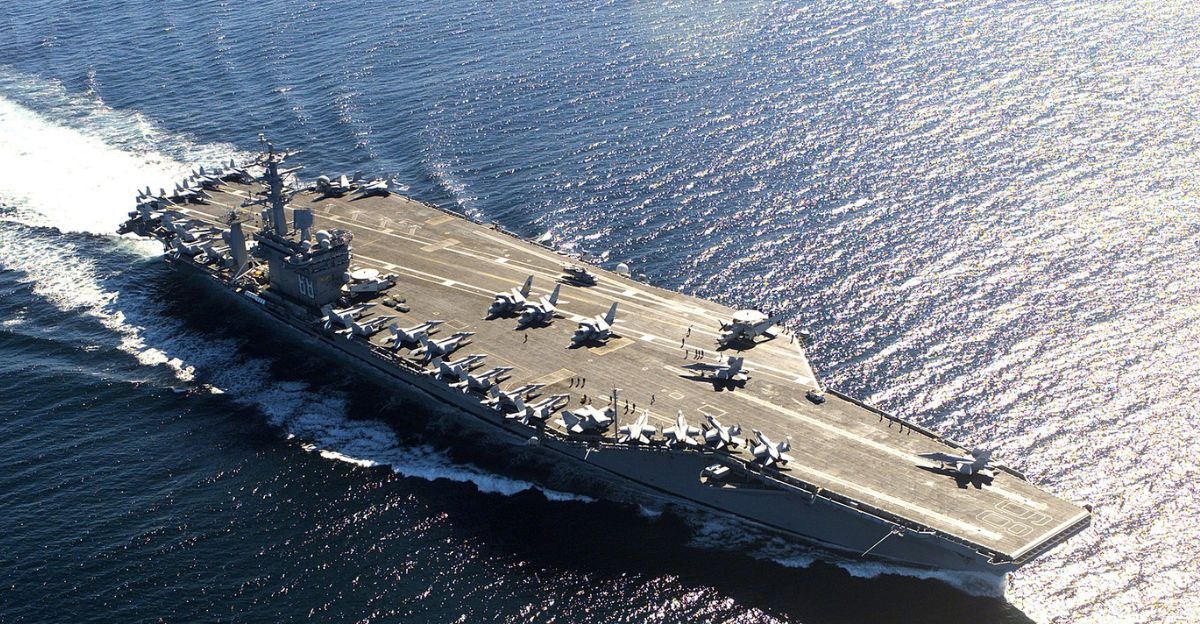
While the United States is still ahead when it comes to Navy operations and overall strength, China has been closing the distance in recent years.
The presence of the two carriers in the open Pacific has not gone unnoticed, and in response, the U.S. has stationed more units in Guam and is working closely with Japan, the Philippines, and Japan, as all of these territories could collide with Beijing’s ambitions.
A Race Of Technology
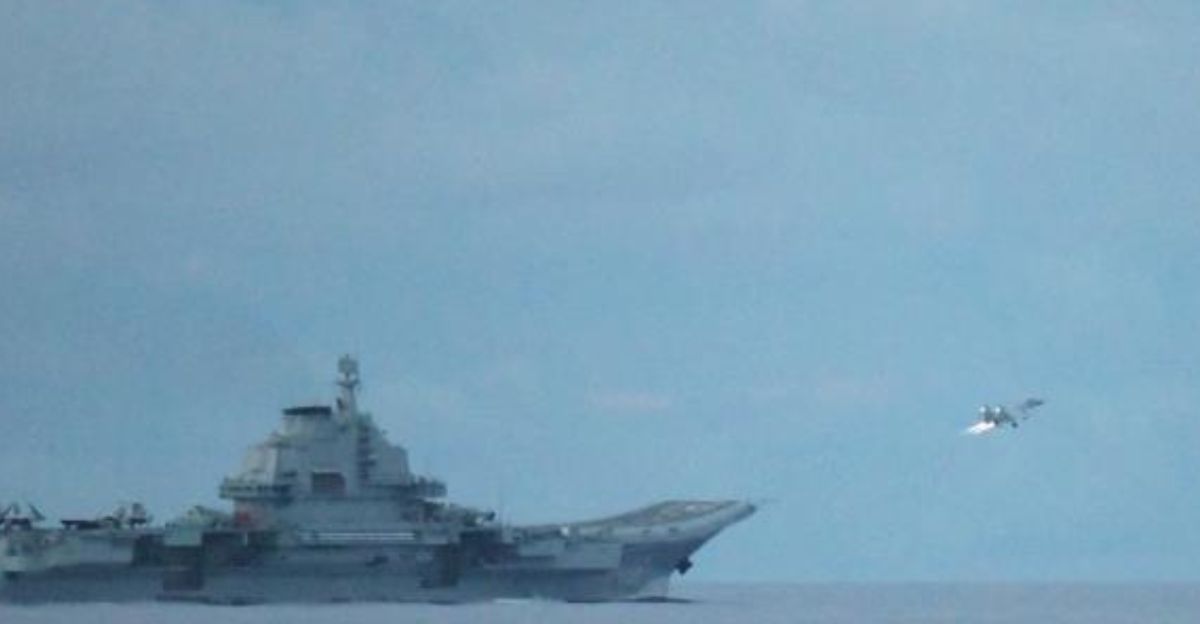
Biejing’s older model of J-15 jet is starting to be outdated, and in response, the new Fujian carrier will have the new J-35 stealth fighter onboard. With the aid of electromagnetic catapults, the cutting edge jets will be able to get into the air at full capacity, including weapons and fuel.
This means that the carrier’s effective range for attack or defence with have a much broader reach. China’s navy is also developing new technology, such as drones, warning planes, and aircraft capable of crippling submarines. These ambitions are to have a fleet that can rival the U.S. Navy.
What Happens Next?
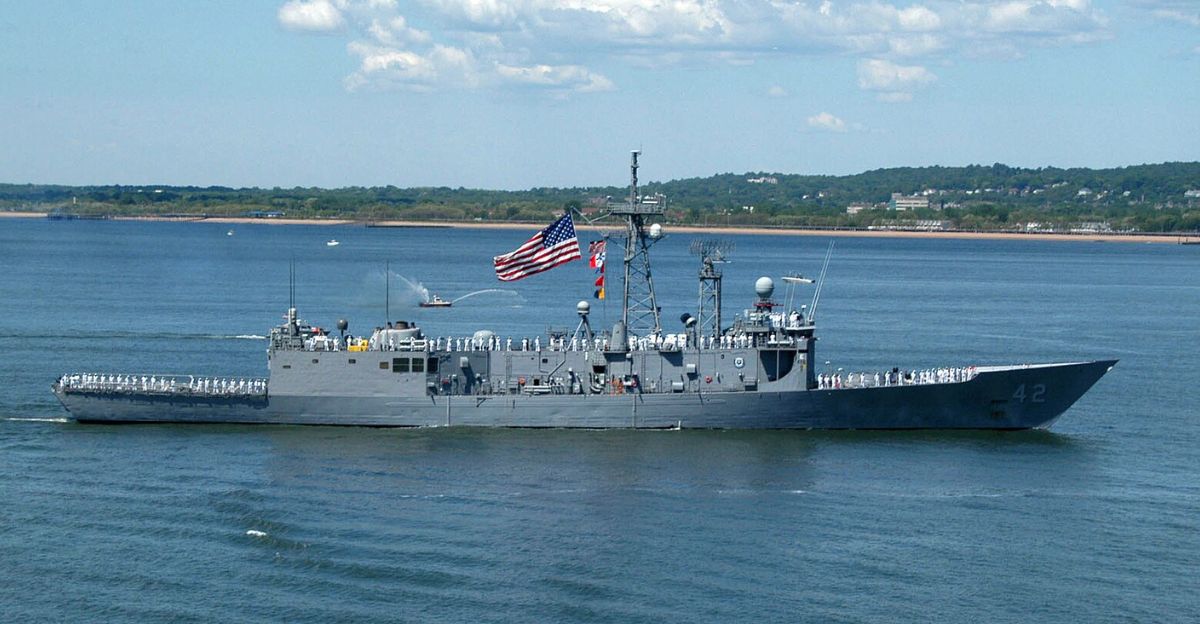
For now, we’re completely safe knowing that the U.S. Navy is years ahead of China’s. However, as China tests the waters, seeing how far it can encroach on new territory and exercise its coordination, the gap is slowly closing, even if many don’t know it is.
More advanced carriers are being developed, and China is investing a lot in its Navy presence. This means that the U.S. runs the risk of underestimating its strength, especially in the South China Sea and Taiwan straight.
Implications On The Future
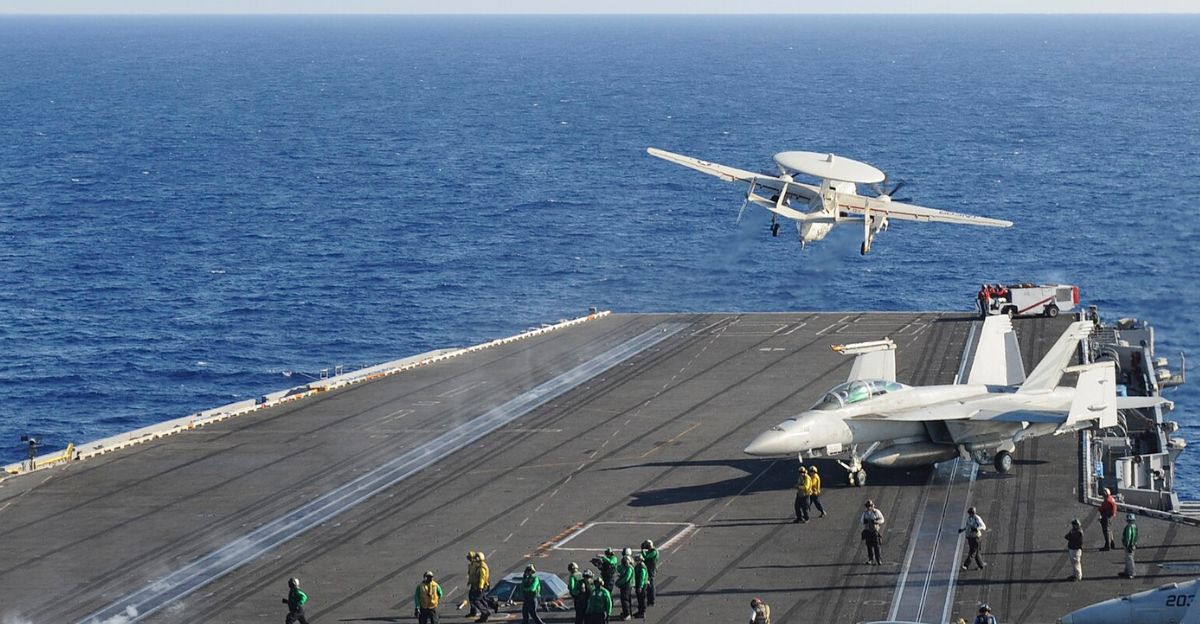
As China keeps making bold advances, multiple nations are watching closely and wondering what its next move will be. This isn’t just a matter of multiple nations safety, but could have economic impacts as well.
There could be implications on anything from shipping lanes to global security. As we watch from the safety of land, the power gap is closing, and the U.S. will need to be ready for anything.
Uncover more fascinating moments from history — and hit Follow to keep the stories flowing to your feed!

Don’t miss more incredible stories from the past! Tap Follow at the top of this article to stay updated with the latest historical discoveries. Share your thoughts in the comments — we’d love to hear your perspective!




